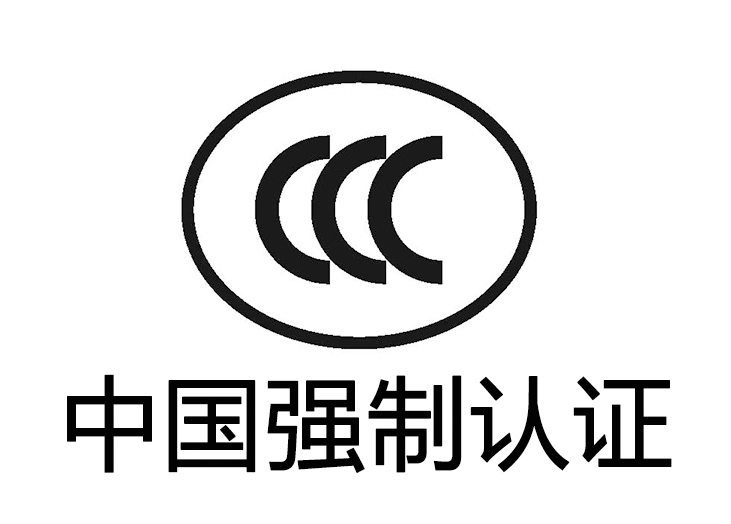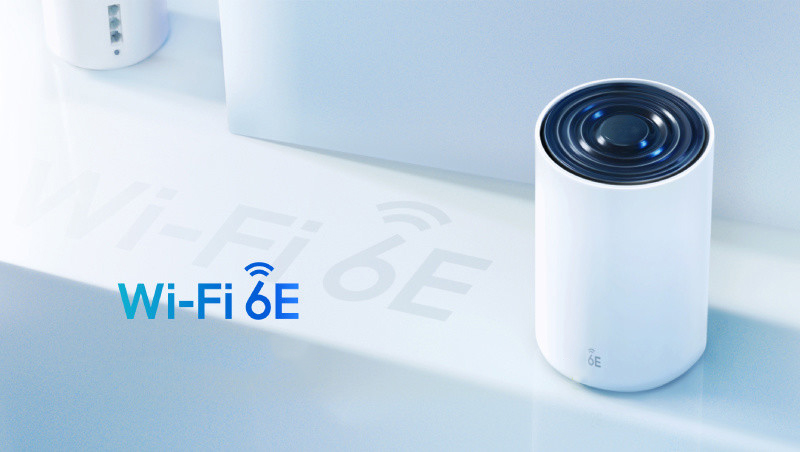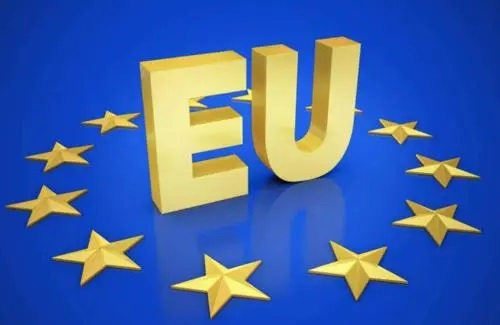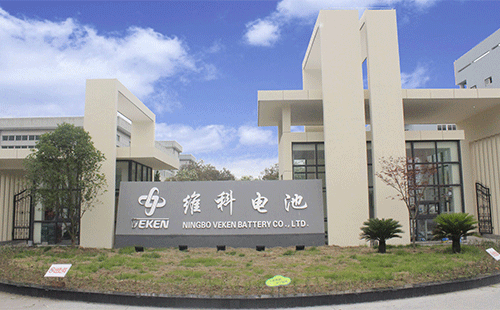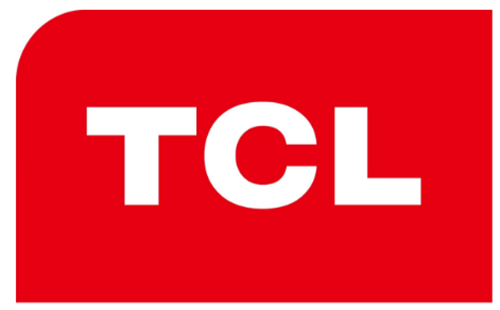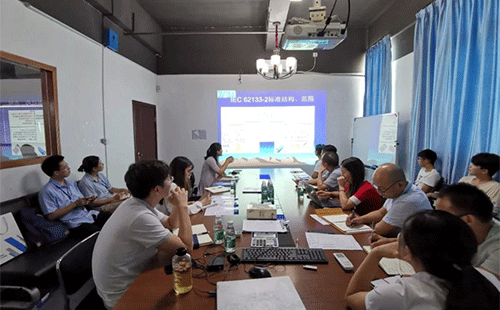On September 3, 2020, the European Union announced in its official gazette the amendment (EU) 2020/1245 of the EU Food Contact Plastics Regulation (EU) No 10/2011, which mainly addresses Annex I of (EU) No 10/2011 , II, IV and V have made important changes. The bill will take effect on the twentieth day (September 23, 2020) after its publication in the Official Journal of the European Union. Food contact plastic materials and products that are first put on the market before March 23, 2021 and comply with the old regulations are allowed to continue to be put on the market until September 23, 2022, until the inventory is exhausted.
The main contents of the bill are as follows
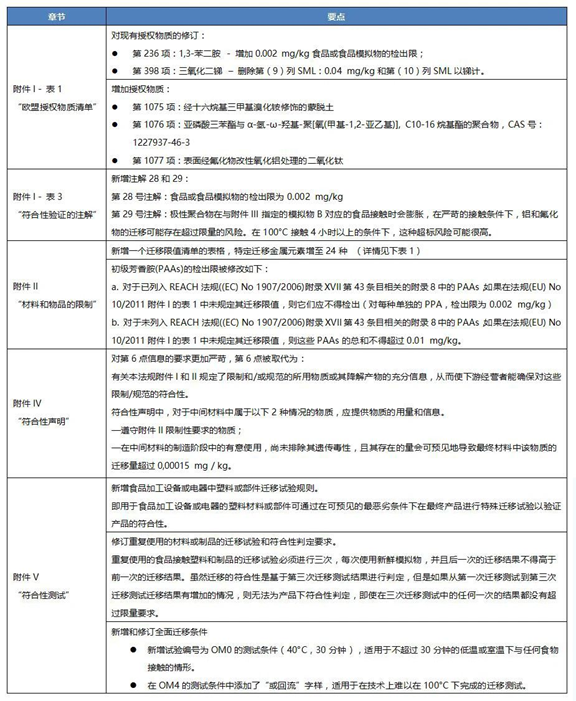
Table 1 List of specific migration limits
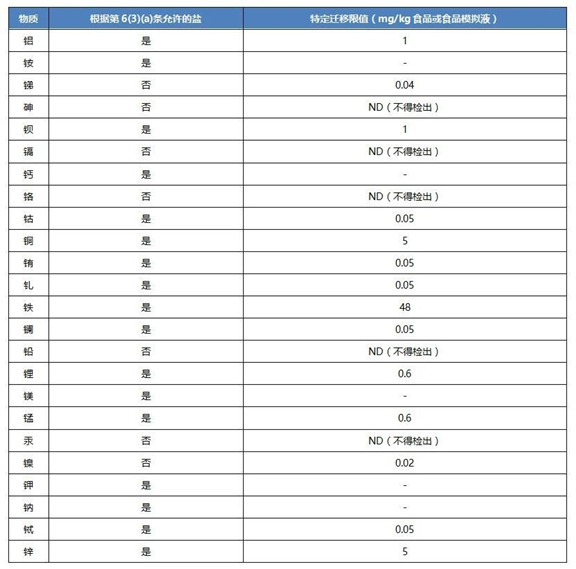
Here are some key points about Table 1 above:
The types of elements for specific migration of heavy metals have increased from the original 9 (barium, cobalt, copper, iron, lithium, manganese, zinc, aluminum, and nickel limit values remain unchanged) to 24 (newly added ammonium, antimony, arsenic, cadmium, Calcium, chromium, europium, gadolinium, lanthanum, lead, magnesium, mercury, potassium, sodium, terbium), of which the limit of 4 kinds of lanthanides (eopium, gadolinium, lanthanum, terbium) is 0.05mg/kg, arsenic, chromium The limit of lead and mercury is not to be detected (0.01mg/kg), cadmium is not to be detected (0.002mg/kg), and there are no limit requirements for other elements.


